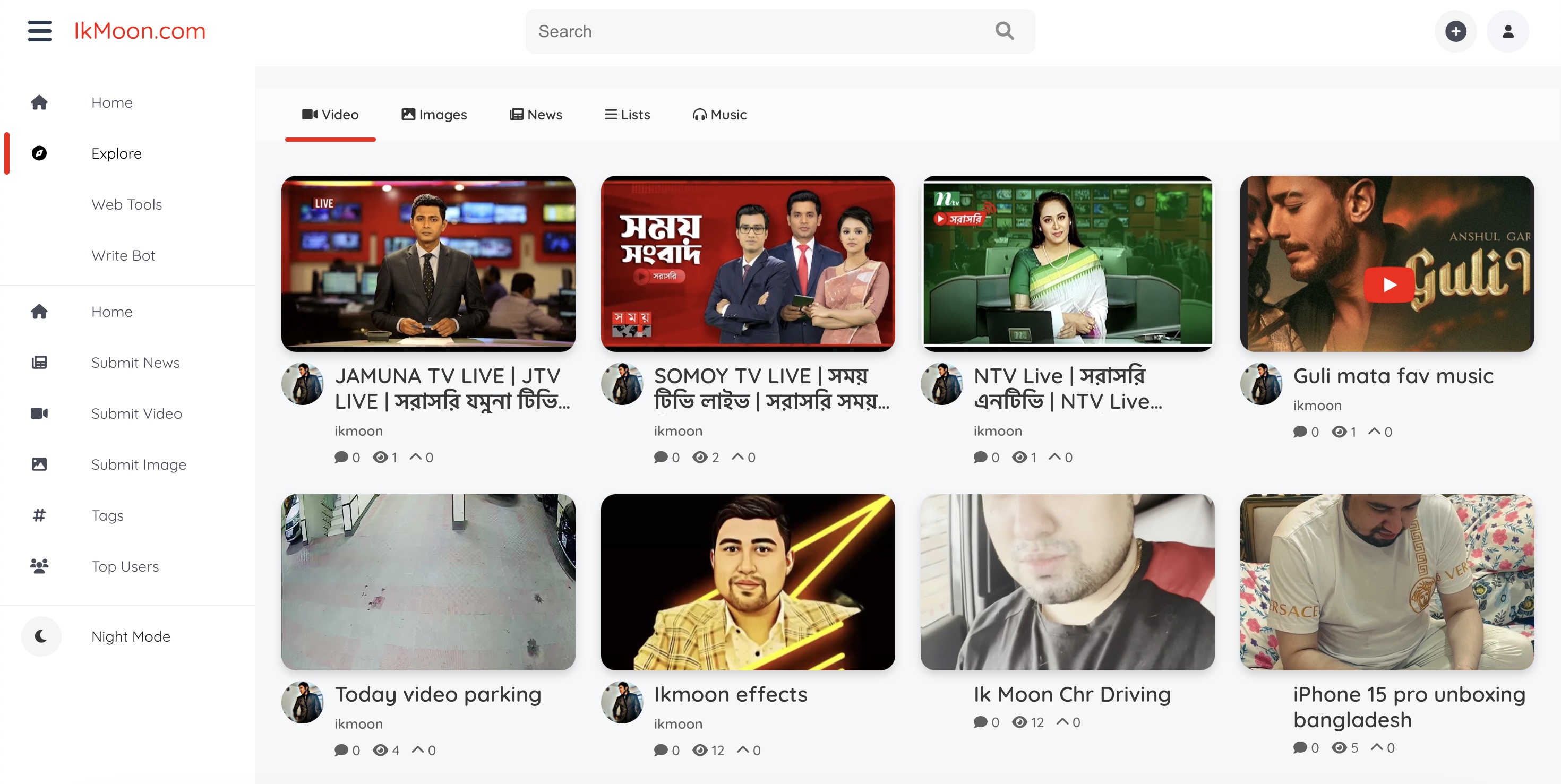NVIDIA Unveils Advanced Robotic Training Models for Enhanced AI Development
The post NVIDIA Unveils Advanced Robotic Training Models for Enhanced AI Development appeared on BitcoinEthereumNews.com. Felix Pinkston Aug 08, 2025 14:26 NVIDIA introduces Cosmos WFMs, a suite of generative models aimed at revolutionizing physical AI training, with applications in robotics and autonomous vehicles. NVIDIA has launched a groundbreaking series of models known as World Foundation Models (WFMs) to advance the training of physical AI systems, according to NVIDIA Research. These models are designed to address the growing demand for richly labeled data sets, which are increasingly difficult to capture manually in real-world settings. Introducing Cosmos WFMs The Cosmos platform, central to this initiative, includes three types of models: Cosmos Predict, Cosmos Transfer, and Cosmos Reason. Each is tailored for specific applications within robotics and autonomous vehicles. Cosmos Predict, for instance, generates future world states from text, images, or videos, thereby accelerating synthetic data generation for training AI models in complex tasks. Cosmos Predict: Enhancing Future Simulations Cosmos Predict is pivotal in creating simulations that are coherent and physically accurate. It is especially beneficial in autonomous vehicle development, generating synchronized multi-view camera footage from a single video input. This capability is crucial for developing advanced autonomous driving technologies. The model’s applications extend to projects like Cosmos-Drive-Dreams, which produces high-fidelity, multi-view driving data under various conditions, aiding in the development of robust autonomous vehicle systems. Cosmos Transfer: Versatile Data Generation Cosmos Transfer models are designed to create diverse world simulations from various inputs such as lidar scans, depth maps, and user prompts. This functionality enables the generation of visually diverse datasets, enhancing the training of robotics and autonomous systems by simulating a wide range of environmental conditions. These models can simulate different driving scenarios, offering invaluable data for training autonomous vehicles to handle diverse conditions, from changing weather patterns to varying terrains. Cosmos Reason: Advanced AI Reasoning Cosmos Reason…

The post NVIDIA Unveils Advanced Robotic Training Models for Enhanced AI Development appeared on BitcoinEthereumNews.com.
Felix Pinkston Aug 08, 2025 14:26 NVIDIA introduces Cosmos WFMs, a suite of generative models aimed at revolutionizing physical AI training, with applications in robotics and autonomous vehicles. NVIDIA has launched a groundbreaking series of models known as World Foundation Models (WFMs) to advance the training of physical AI systems, according to NVIDIA Research. These models are designed to address the growing demand for richly labeled data sets, which are increasingly difficult to capture manually in real-world settings. Introducing Cosmos WFMs The Cosmos platform, central to this initiative, includes three types of models: Cosmos Predict, Cosmos Transfer, and Cosmos Reason. Each is tailored for specific applications within robotics and autonomous vehicles. Cosmos Predict, for instance, generates future world states from text, images, or videos, thereby accelerating synthetic data generation for training AI models in complex tasks. Cosmos Predict: Enhancing Future Simulations Cosmos Predict is pivotal in creating simulations that are coherent and physically accurate. It is especially beneficial in autonomous vehicle development, generating synchronized multi-view camera footage from a single video input. This capability is crucial for developing advanced autonomous driving technologies. The model’s applications extend to projects like Cosmos-Drive-Dreams, which produces high-fidelity, multi-view driving data under various conditions, aiding in the development of robust autonomous vehicle systems. Cosmos Transfer: Versatile Data Generation Cosmos Transfer models are designed to create diverse world simulations from various inputs such as lidar scans, depth maps, and user prompts. This functionality enables the generation of visually diverse datasets, enhancing the training of robotics and autonomous systems by simulating a wide range of environmental conditions. These models can simulate different driving scenarios, offering invaluable data for training autonomous vehicles to handle diverse conditions, from changing weather patterns to varying terrains. Cosmos Reason: Advanced AI Reasoning Cosmos Reason…
What's Your Reaction?







































